Which programs are needed when starting a Phlebotomy education program?
- May 18, 2025
5
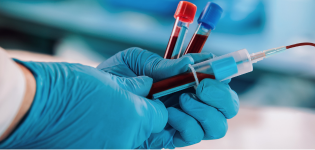

Which programs are needed when starting a Phlebotomy education program?
Starting a phlebotomy education program requires a mix of clinical, instructional, and administrative supplies to ensure students can learn both theory and hands-on techniques safely and effectively. Here's a categorized list of essential products you'll likely need:
Clinical Supplies (Hands-on Practice)
These are the tools students use to practice blood collection and related techniques.
- Vacutainer blood collection sets (needles, holders, tubes)
- Butterfly needle sets (for small or difficult veins)
- Tourniquets (disposable and/or reusable; latex-free available)
- Alcohol prep pads and antiseptic wipes
- Gauze pads and bandages
- Sharps containers (OSHA-compliant)
- Gloves (non-sterile, various sizes)
- Lancets (for capillary blood sampling)
- IV training arms/manikins (for practice draws)
- Simulated blood
- Biohazard disposal bins and bags
Lab & Simulation Materials
Used for mock lab settings and blood analysis simulations.
- Vacuum blood collection tubes (color-coded: EDTA, citrate, etc.)
- Slide preparation kits (for smear testing)
- Microhematocrit tubes and centrifuge (if teaching point-of-care tests)
- Labeling materials (specimen labels, pens, lab forms)
Instructional Materials
These help with the delivery of the educational content.
- Textbooks (e.g., Phlebotomy Essentials or The Phlebotomy Textbook)
- Anatomy posters and charts
- Educational videos and e-learning modules
- PowerPoint slides or course curriculum binders
- Competency checklists and skills assessment sheets
Administrative Tools
For record-keeping, tracking progress, and general program operations.
- Sign-in sheets
- Student tracking software (optional, for grades/attendance)
- Certification exam prep materials
- First aid kits (classroom safety)

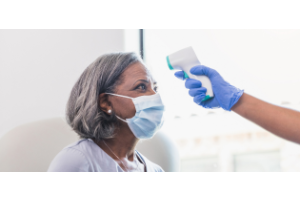
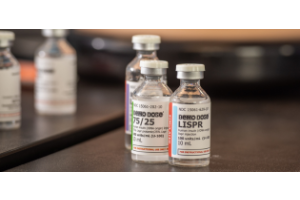
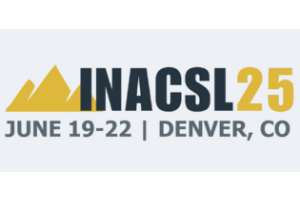


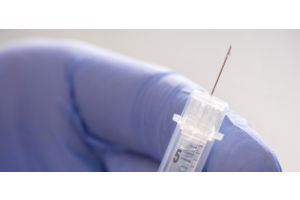
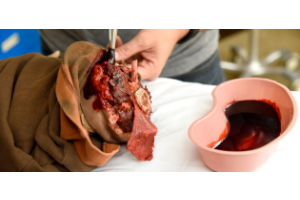
Validate your login
Log In
Create New Account